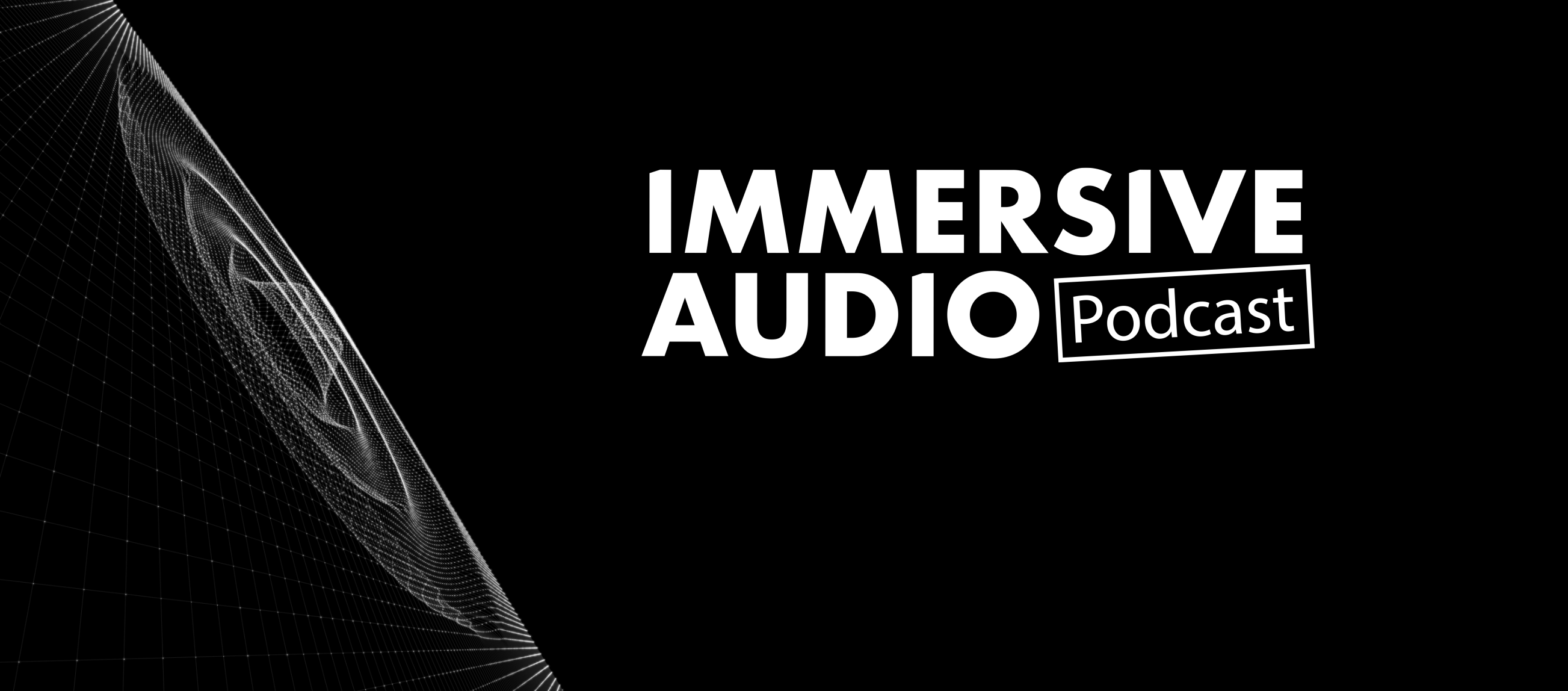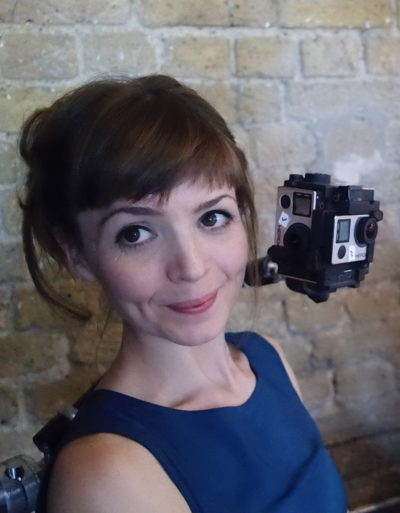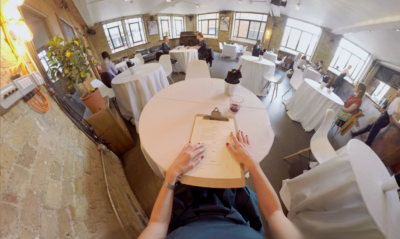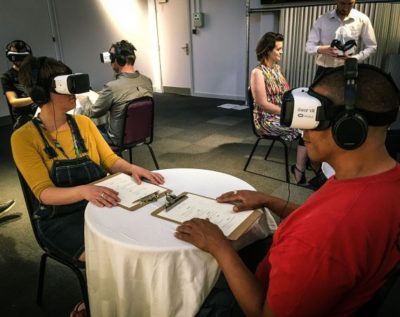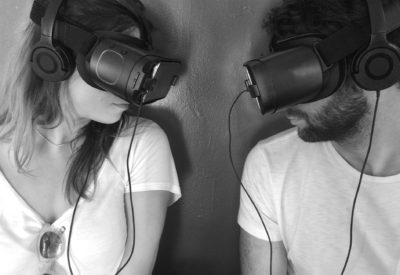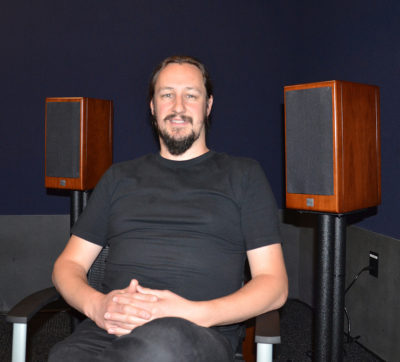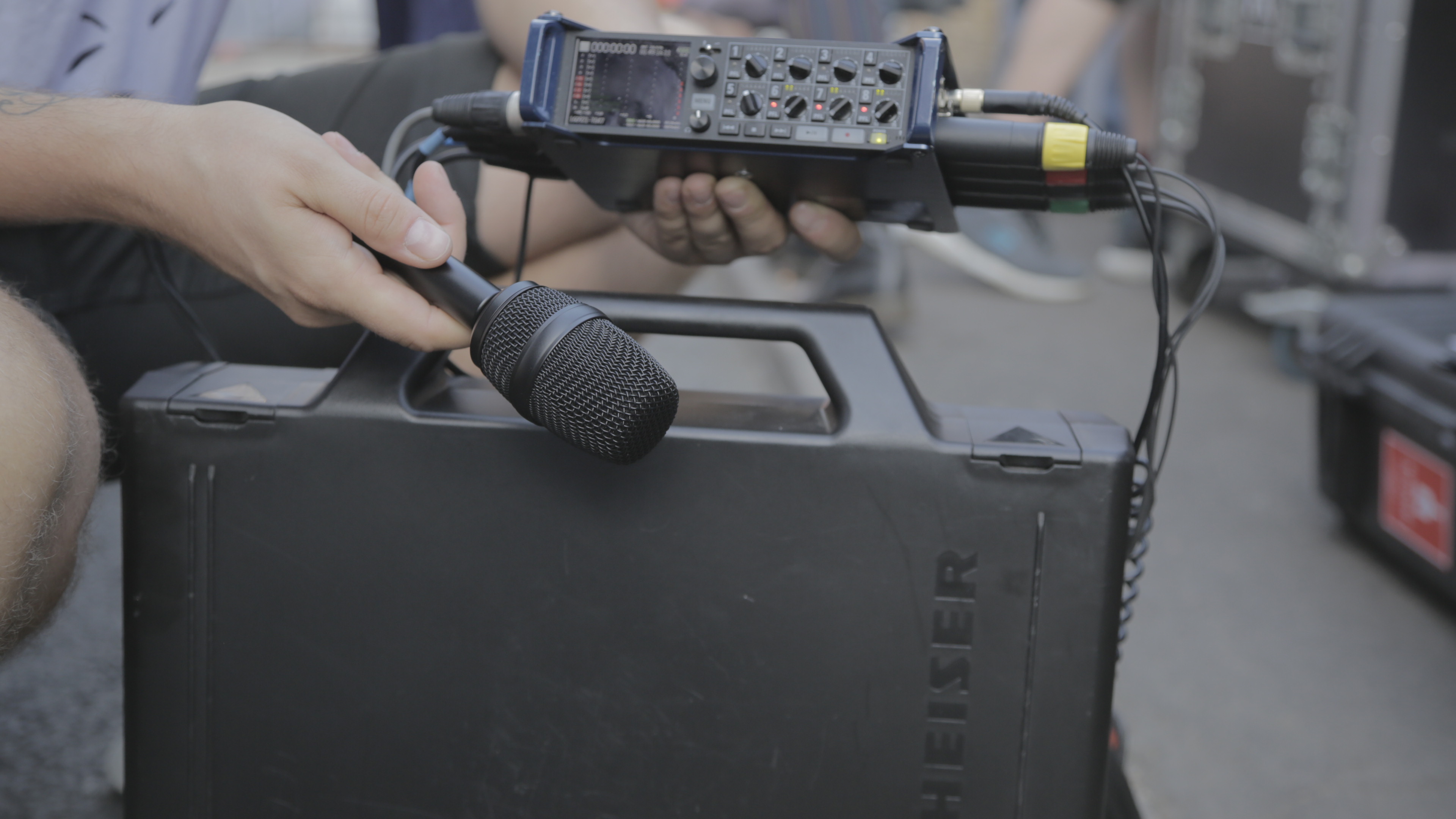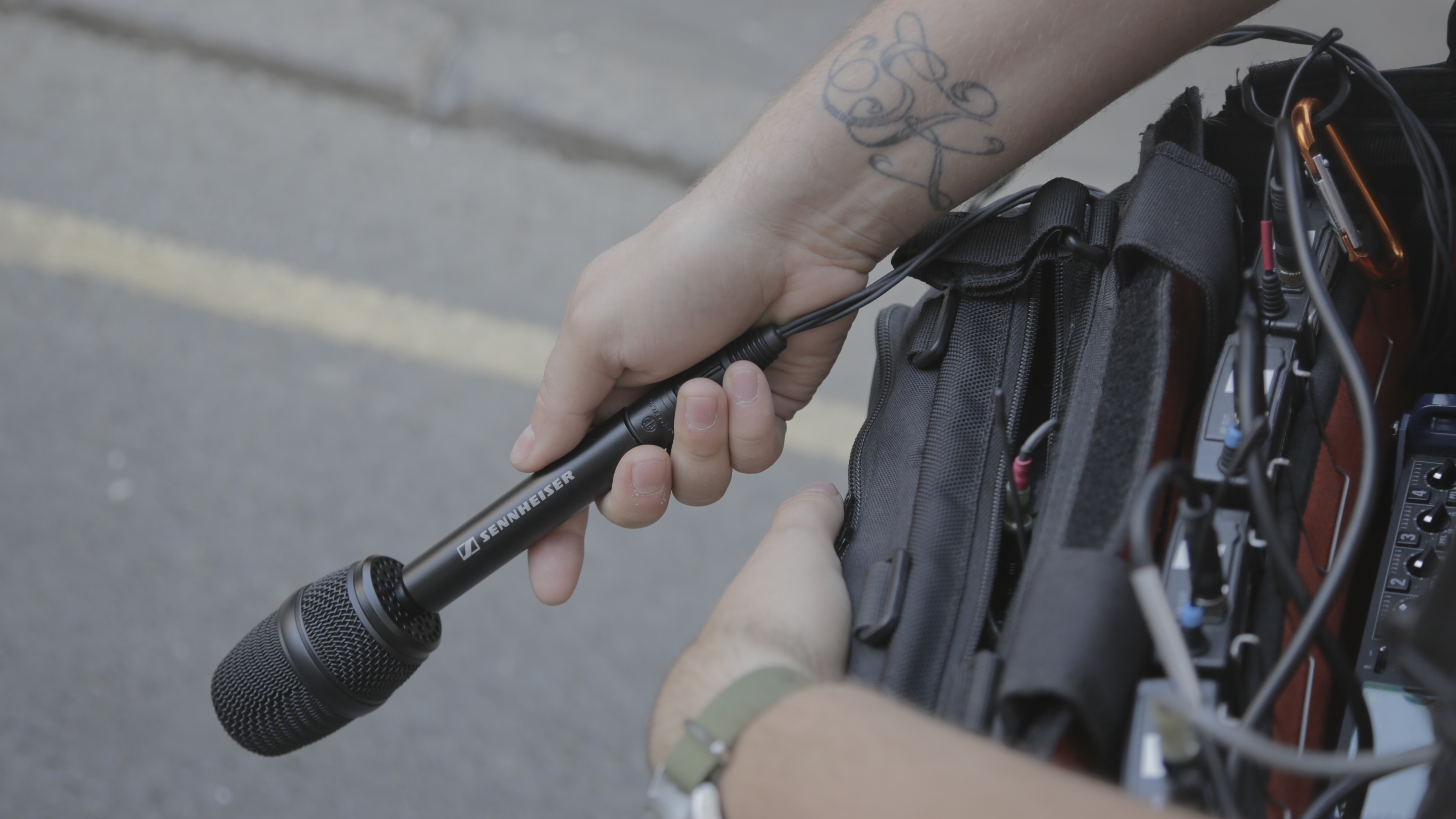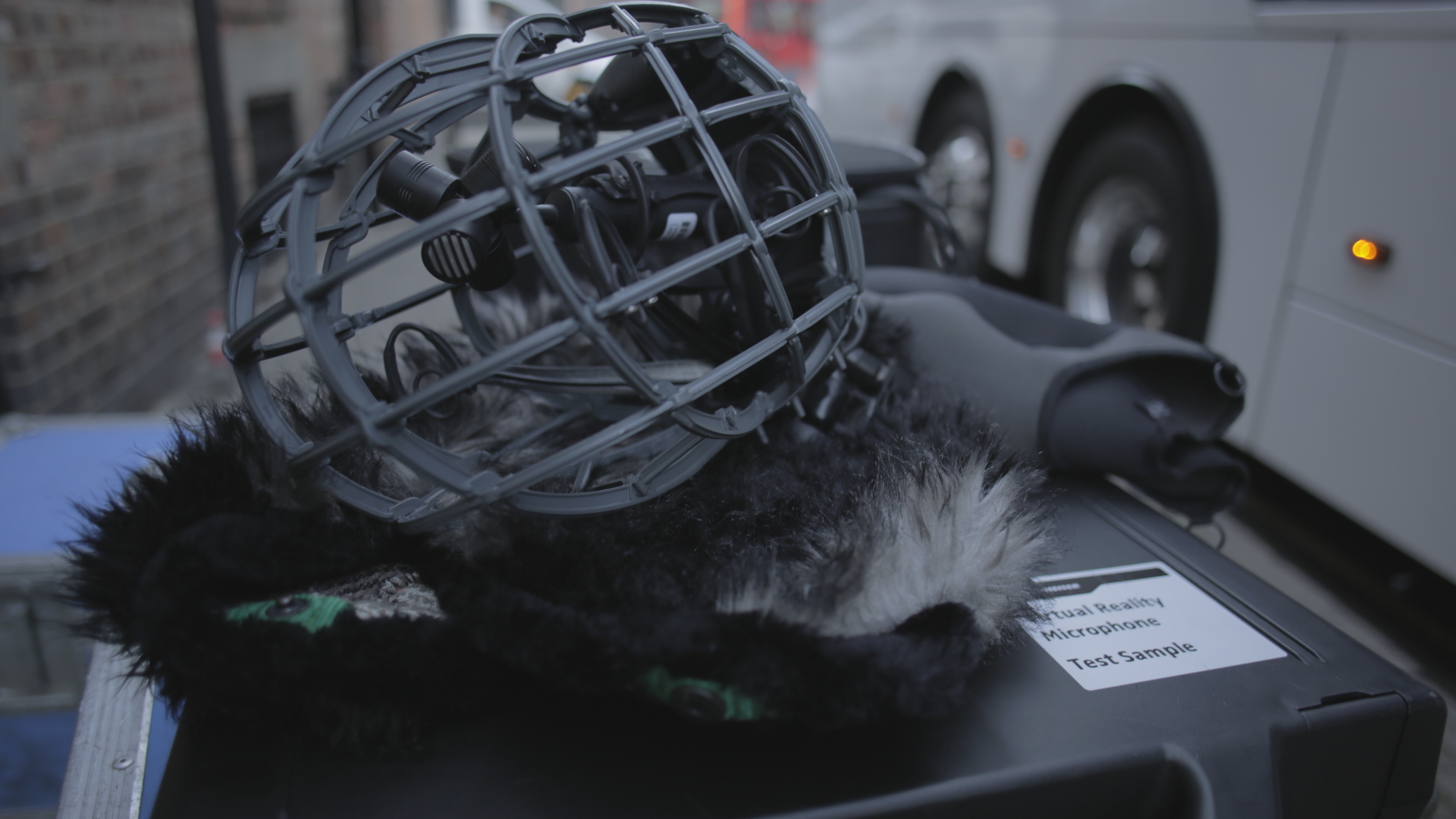Immersive Audio Podcast – Episode 13 Hyunkook Lee

Summary
In today’s episode, Oliver was joined via Skype by Dr. Hyunkook Lee, Senior Lecturer in Music Technology and Production and the leader of the Applied Psychoacoustics Lab (APL) at the University of Huddersfield. Hyunkook joined Huddersfield in 2010 and developed research in the area of 3D audio psychoacoustics as well as undergraduate modules such as Acoustics and Concert hall recording technique. In 2014 he established the APL, a research group studying the mechanism of human auditory perception and developing new audio algorithms for practical applications. He has undertaken a number of consultancy works for companies such as Samsung Electronics, Volvo Car and L-ISA.
Hyunkook is also an experienced recording and mixing engineer specialising in acoustic music.
Before joining Huddersfield, Dr Lee was a Senior Research Engineer at LG Electronics in South Korea, where he led a project to develop audio post-processing algorithms for LG mobile phones. He has also participated in MPEG audio codec standardisation activities, contributing to the developments of codecs such as SAOC and USAC. Hyunkook graduated from the music and sound recording (Tonmeister) course at the University of Surrey in 2002. During the course he spent a placement year as an assistant engineer at Metropolis studios in London. He gained his PhD from the same university in 2006.
His PhD research was concerned with the subjective effects and objective measurements of interchannel crosstalk in multichannel microphone techniques, and as a Senior Lecturer, he now spends his time tutoring and guiding aspiring students in the research of 3D sound and continues to further progress the academic understanding of the subject.
In this episode, Dr Hyunkook Lee talks to 1.618 Digital about a variety of topics under 3D Sound and Ambisonics: Psychoacoustics, microphone and recording techniques, and theories such as Phantom Image and Elevation Perception. He also shares with us his personal researching tips for audio engineering students, the importance of realising the value of your own research and believing in the work you do for eventual real-world applications.
Listen to Podcast
Shownotes
University of Surrey – Music & Sound Recording (Tonmeister): https://www.surrey.ac.uk/undergraduate/music-and-sound-recording-tonmeister
University of Huddersfield – Music Technology: https://www.hud.ac.uk/inspire/musictechnology/
MPEG: https://mpeg.chiariglione.org/
Fraunhofer: https://www.fraunhofer.de
Dolby: www.dolby.com
Aspen Music Festival: http://www.aspenmusicfestival.com/
University of Huddersfield – Applied Psychoacoustics Lab: https://research.hud.ac.uk/institutes-centres/mtprg/projects/apl/
Schoeps: https://www.schoeps.de/
Investigation on the Phantom Image Elevation Effect (Lee 2015): http://eprints.hud.ac.uk/id/eprint/26558/
Perceptual Band Allocation (PBA) for the Rendering of Vertical Image Spread with a Vertical 2D Loudspeaker Array (Lee 2016): http://eprints.hud.ac.uk/id/eprint/29791/
Alternative Weighting Filters for Multi-Track Program Loudness Measurement (Fenton & Lee 2017): http://www.aes.org/e-lib/browse.cfm?elib=19215
Applied Psychoacoustics Lab on Facebook: https://www.facebook.com/applied.psychoacoustics.lab/
Hyunkooklee.com: www.hyunkooklee.com
MARRS App: https://itunes.apple.com/us/app/marrs/id1295926126?mt=8


